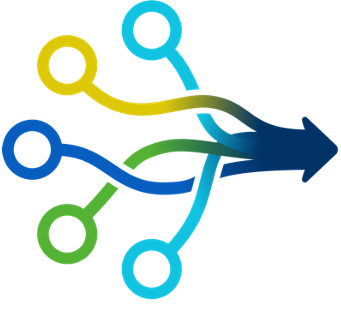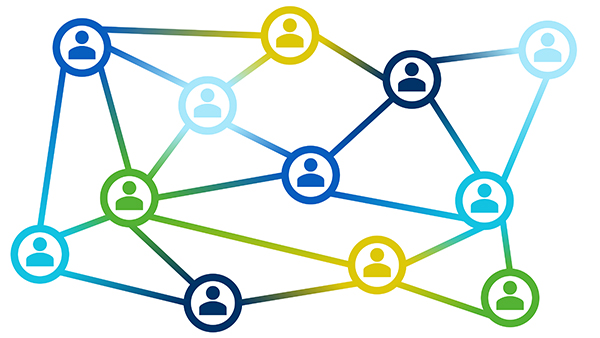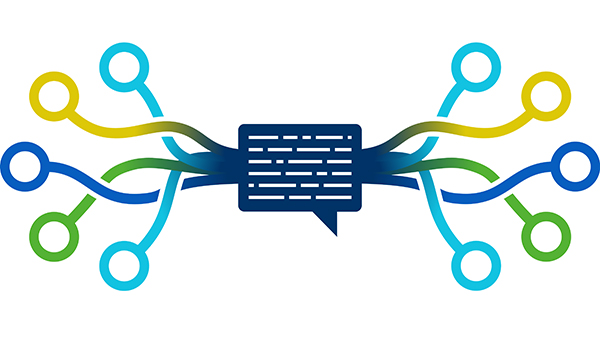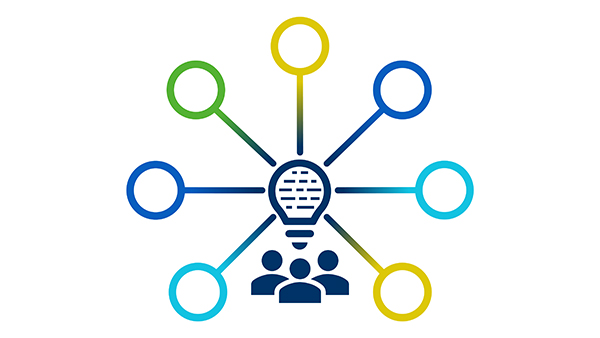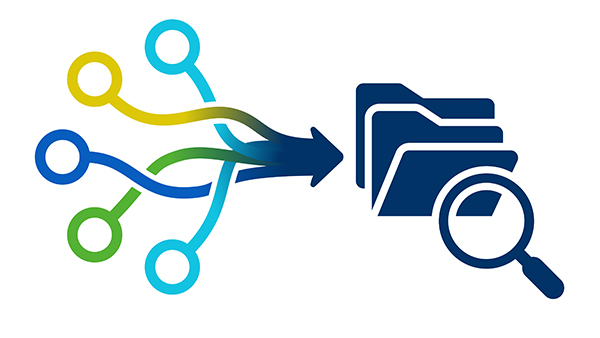Welcome to the Environmental Health Language Collaborative (EHLC).
We are a community for anyone who generates, analyzes, or manages environmental health sciences (EHS) data and wants to ensure the data are formatted using a common EHS language to promote data discovery, interoperability, and reuse in spirit of the NIH Data Management and Sharing Policy.
We welcome broad representation of expertise, needs, and scientific interests to make this a successful and sustainable community.
Learn About the EHLC Community
EHLC is a community-driven initiative seeking to harmonize data, connect knowledge, and improve public health.
Speaking the Same Language
An essential component to leveraging environmental health sciences (EHS) data is to describe data with interoperable terminologies to promote data discovery, analysis, and reuse.
Environmental Health Use Cases
Join a use case working group and help develop solutions to enhance the findability, sharing, and interoperability of EHS data.
Review EHS Shared Language Resources
Checkout the compilation of resources on how to incorporate shared language into your research.



